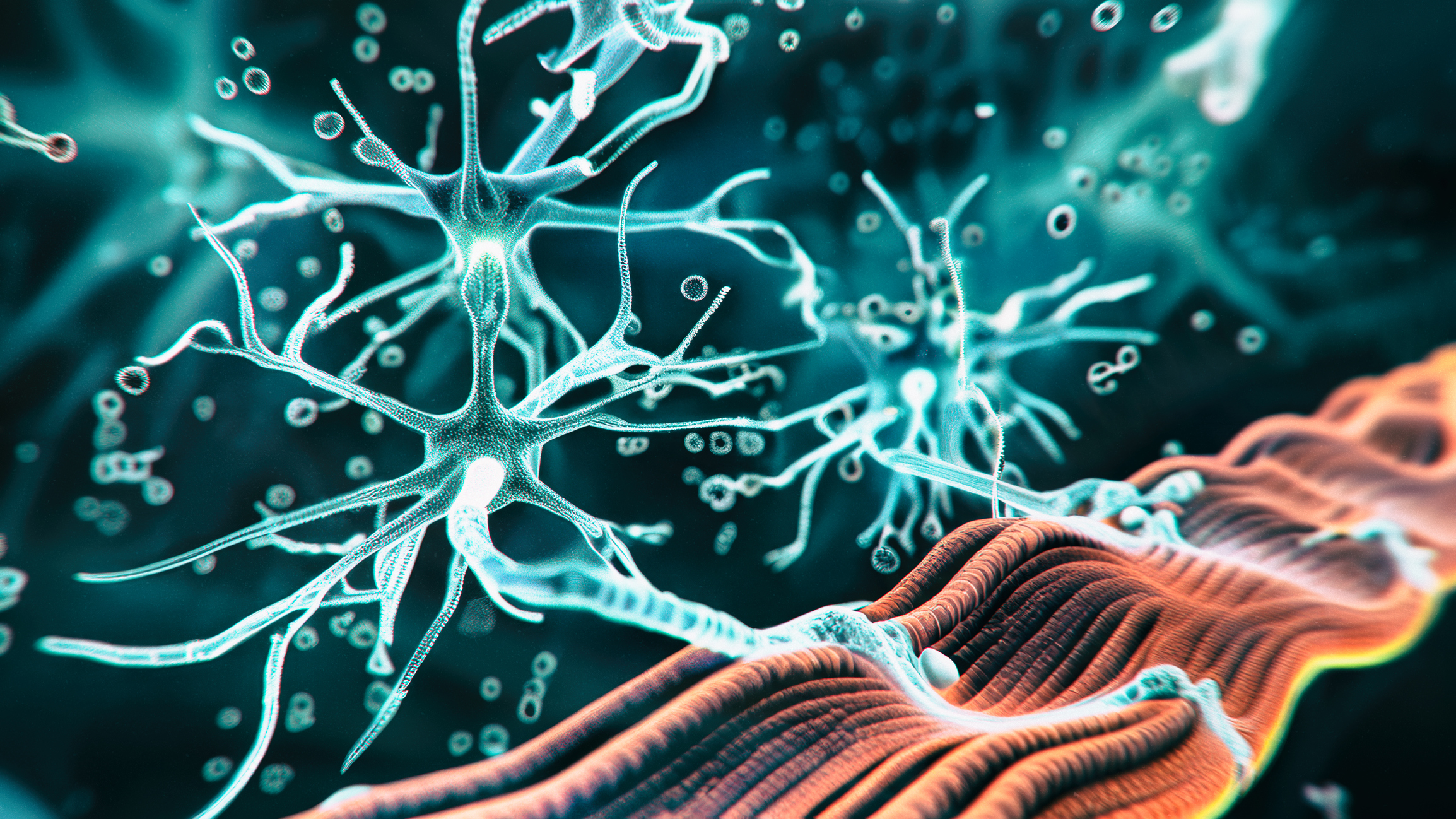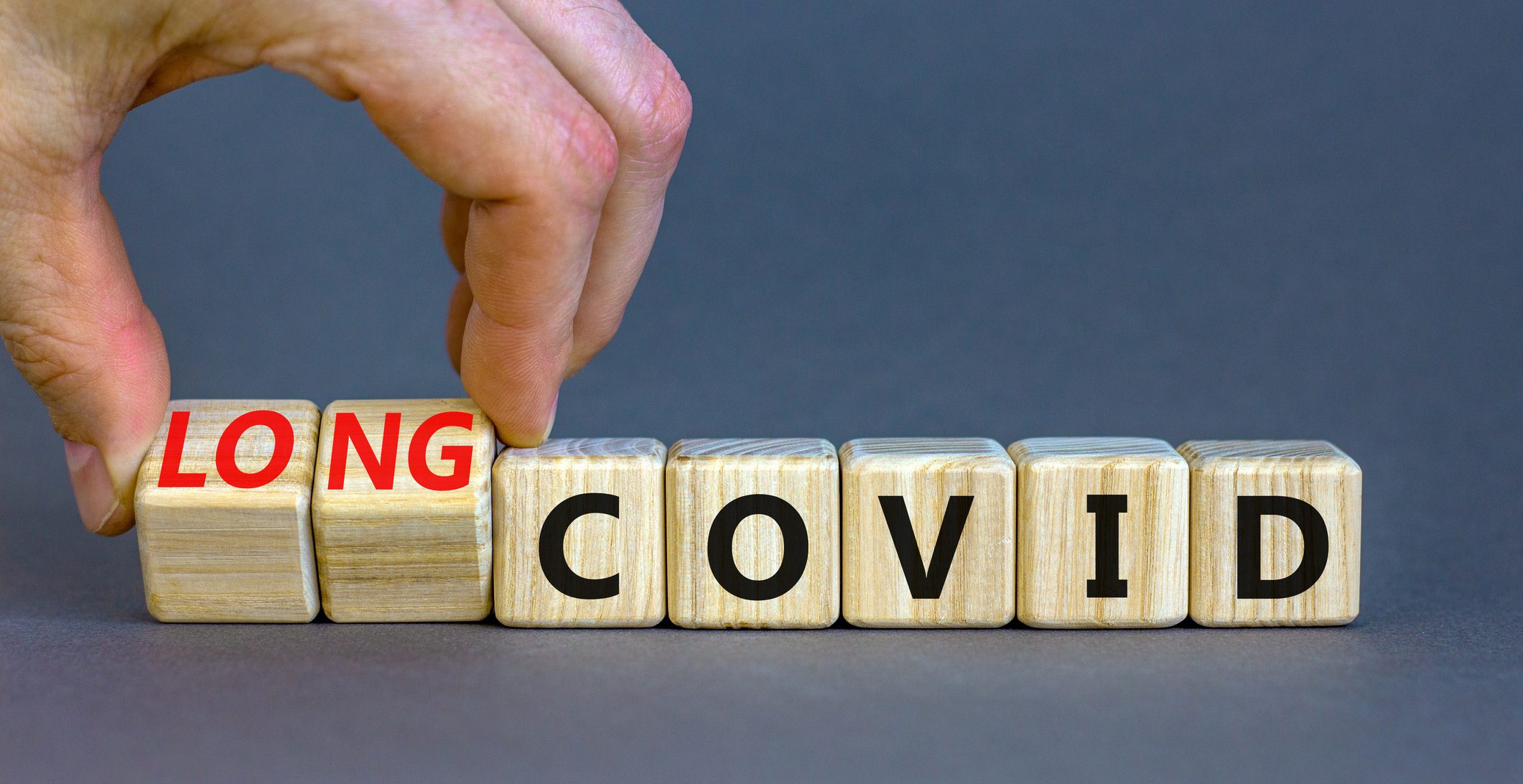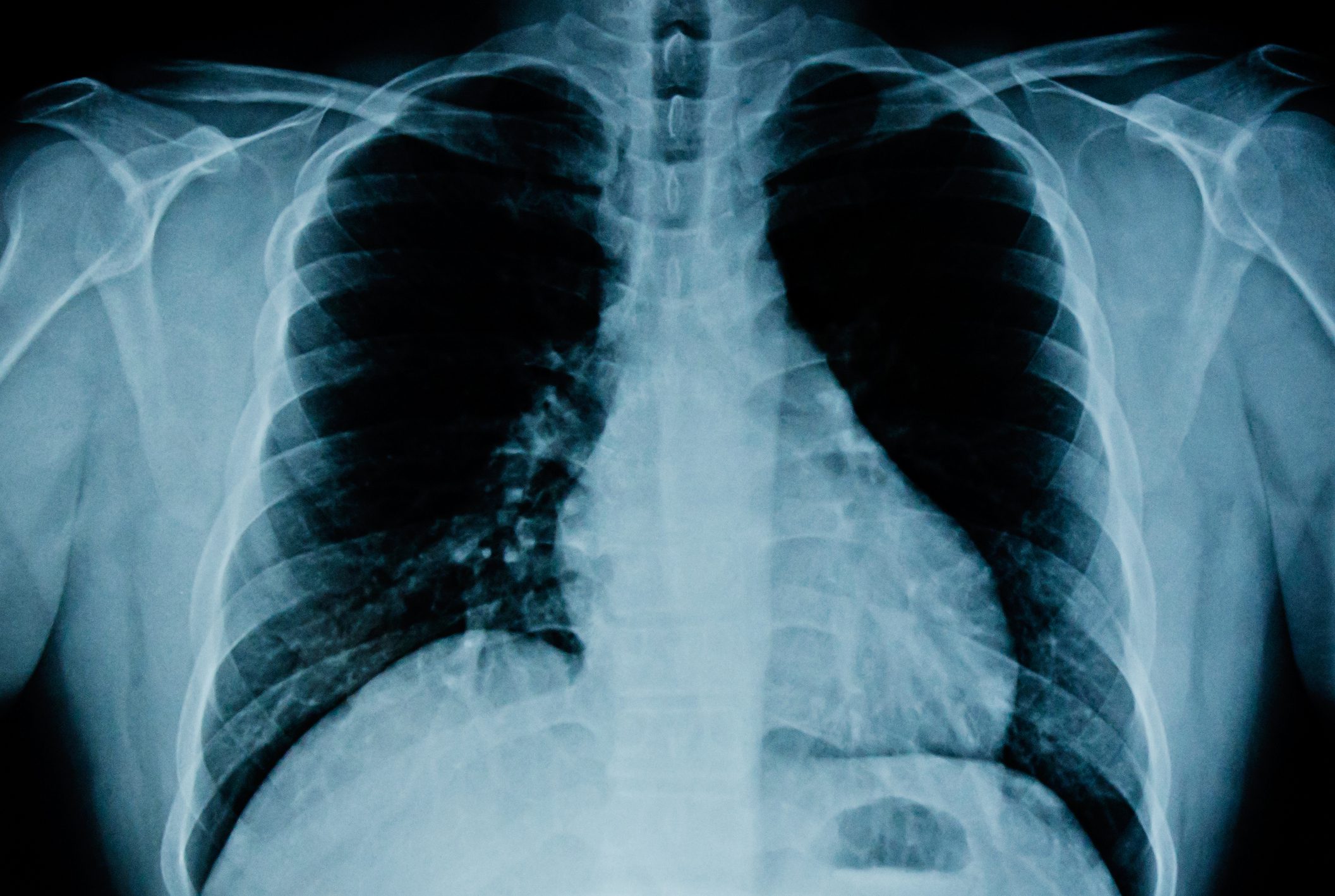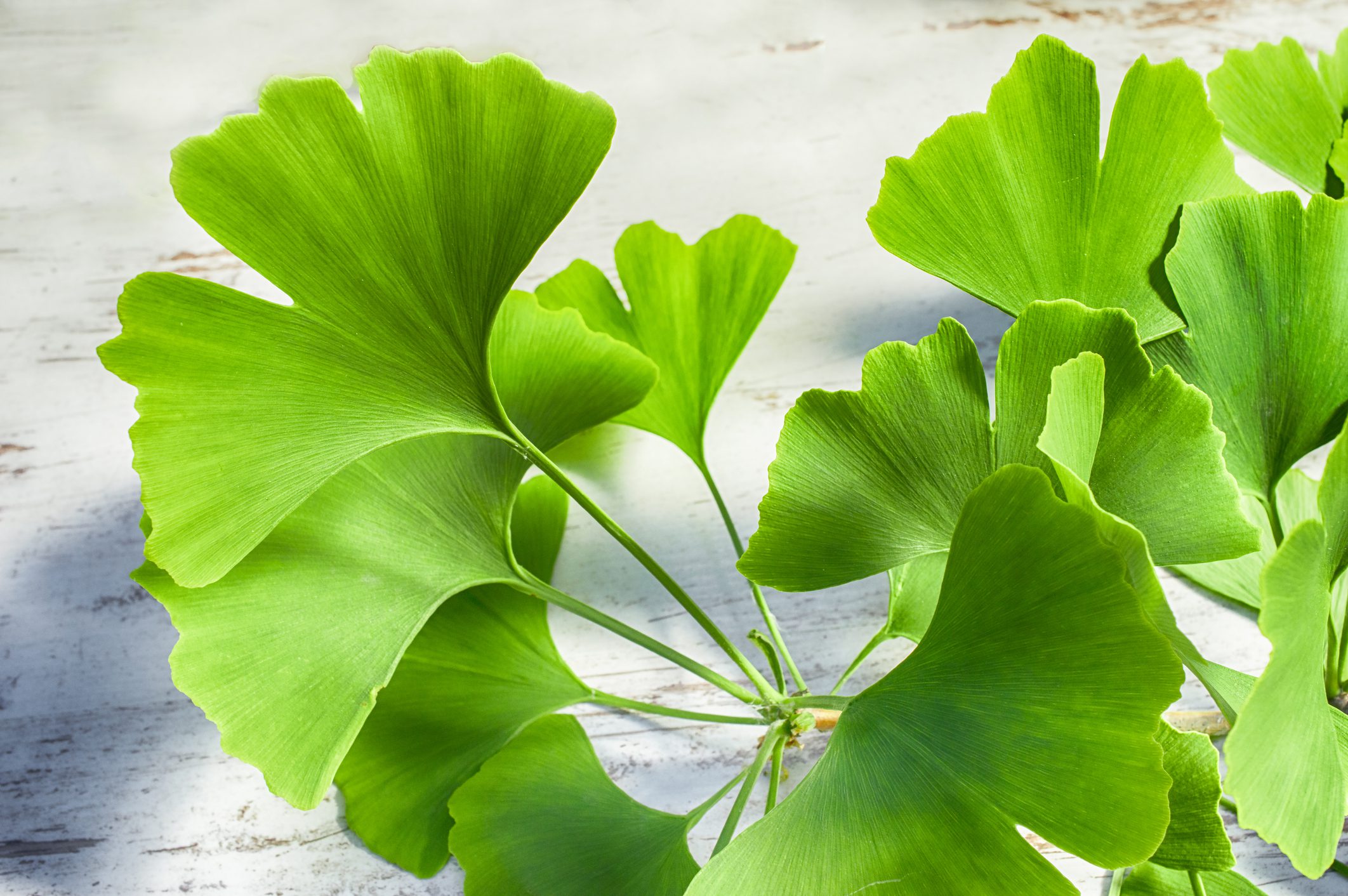Treatment with oral isotretinoin reduces sebum production and has proven to be very effective for moderate to severe acne. Guidelines provide information on the dosage range, although there is room for individual consideration. In one review, a lower dosage resulted in lower rates of mucocutaneous side effects and initial acne flares, while higher dosages resulted in fewer relapses. Mood swings occurred only rarely.
A large majority of adolescents are affected by acne vulgaris; epidemiological data on the frequency ranges from 50-95%[1,2]. The type of acne treatment depends on the age, location, skin type and severity of the acne and should be individually tailored. For moderate to severe acne that does not respond adequately to topical and systemic antibiotic therapy, the use of isotretinoin is considered the European gold standard and is able to prevent scarring [3,4]. Isotretinoin is the only medication that intervenes in the regulation of increased sebaceous gland activity and can therefore lead to the healing of severe acne. Due to the teratogenic potential, contraception is mandatory during isotretinoin therapy and for one month thereafter.
What are the findings of the systematic review?
A review published last year in the Journal of the European Academy of Dermatology and Venereology aimed to evaluate different dosing regimens of isotretinoin for acne based on the literature, with the conventional dose being within the range recommended by current guidelines (Box) [5,14]. In the vast majority of studies, a low dose was defined as 0.1-0.5 mg/kg/day or a cumulative dose <120 mg/kg. A conventional dose was defined as either 0.5-1 mg/kg/day or a cumulative dose of 120-150 mg/kg and a high dose was defined as >1 mg/kg/day or a cumulative dose >150 mg/kg. Treatment success was assessed as a percentage reduction in the severity of acne (n=15) or an improvement in the acne grading score (n=7), or “appearance-free or almost appearance-free skin” was used as the relevant outcome parameter in 8 studies.
| Guidelines provide recommendations on minimum and maximum dosage In Swiss practice recommendations for the treatment of acne, a daily dosage of at least 0.5 mg/kg body weight (bw) is recommended for induction therapy for severe acne and at least 0.3 mg/kg bw for moderate acne with a pronounced tendency to scarring if topical treatment attempts have failed or the psychological stress is severe. The maximum daily dosage is 120-150 mg/kg bw, depending on the severity of the acne. The treatment goal is for patients to have appearance-free or almost appearance-free skin. Once this has been achieved, it is recommended to continue induction therapy with isotretinoin for a further 2-3 months and then continue with maintenance therapy. It should be noted that appropriate monitoring is required in parallel with isotretinoin treatment. If patients show signs of contraindications or if patients so wish, second-line therapy consisting of systemic antibiotics in combination with topical retinoids plus benzoyl peroxide can be used. Maintenance therapy is recommended regardless of the severity of the acne, although this should be individualized for patients treated with isotretinoin. |
| to [14] |
Relapse rates: Relapses were recorded in 23 studies. The definition varied but could be summarized into two broad groups: recurrence of acne scores as before treatment (with variable indicative thresholds) or need for treatment with oral or systemic medications. Follow-up to assess relapse ranged from 10 weeks to 7 years [5].
Borghi et al. pointed out that patients with acne in more than three areas of the body require higher cumulative doses of isotretinoin [6]. Hermes et al. found no statistical significance between the relapse rate with patient demographic characteristics, type of acne, duration of treatment or cumulative dose [7]. With a mean relapse rate of 33%, this study showed a higher rate than Borghi et al., although the definition of relapse in Hermes et al. was set at a lower threshold for severity.
In another study, isotretinoin was initially administered at a standard daily dose until no new lesions appeared for one month. Subsequently, the patients were divided into groups that received more or less than 220 mg/kg as a cumulative dose [8]. It was found that the relapse rate (47.4%) was higher in those with a lower cumulative dose (<220 mg/kg) höher war als bei denjenigen, die eine höhere kumulative Dosis (26,9%) erhielten (>220 mg/kg) (p=0.03). However, in this study, relapse was defined as requiring further prescribed treatment, including topical therapy. Only two patients were identified who belonged to the higher cumulative dose group and required further isotretinoin treatment.
| A total of 32 studies with 5245 patients affected by moderate to severe acne were included in the review by Daly et al. published in JEADV in 2023. In addition to 15 randomized controlled trials (RCT), this included 10 prospective studies without a comparator arm, 2 prospective studies with a comparator arm and 5 were retrospective case series. In 10 of the studies, the focus was on mild to moderate forms of acne, in 12 on moderate acne and 5 exclusively on severe acne. 3 studies focused on all severity levels from mild to severe acne and 1 study focused exclusively on refractory acne. The researchers considered publications from 1983-2022 that were included in one of the following databases: EMBASE, MEDLINE, PubMed, The Cochrane Library. |
| according to [5] |
Mucocutaneous side effects: Cheilitis and xerosis were the most common adverse reactions reported in all studies. A dose-dependent relationship between cheilitis and isotretinoin was demonstrated in several studies. In four studies, a flare-up of acne was noted as a side effect. In a study by Mandekou-Lefaki et al., 35 women and 29 men with different forms of acne were divided 1:1 into two groups [9]. A flare-up of acne was seen in 15.6% of participants in the lower isotretinoin dose group (0.15-4.0 mg/kg per day) compared to 25% in the conventional dose group (0.5-1.0 mg/kg per day) [9]. In the study by Hermes et al., 27% of patients experienced a flare-up of acne, but this was independent of the dose [7]. Long-term follow-up to determine whether side effects persisted after isotretinoin treatment was only carried out in one study. It was found that cheilitis persisted in 20.7% of patients and xerosis in 17.2% 1 year after treatment [8].
Mood swings: In seven studies, patients reported psychiatric/psychological symptoms while taking isotretinoin. Reported symptoms included irritability, nervousness or anxiety and depressive symptoms, with the incidence ranging from 0-7.34% in all studies. Only 24 of the more than 5050 participants in all studies developed a mood disorder. Most studies did not specifically ask about changes in mood, but three studies that did reported no forms of mood disturbance in their sample, including the study that used the highest recorded dose of isotretinoin [10–12].
One study divided its patients into groups that had received a cumulative dose of more or less than 220 mg/kg and reported mood swings in 2.6% of its participants, with no statistically significant difference between the two groups [8]. In addition, even very low doses of isotretinoin of 5 mg per day led to an improvement in quality of life as measured by the Dermatology Quality of Life Index (DLQI) [13].
Literature:
- Degitz K, Ochsendorf F: Akne. JDDG 2017; 15(7): 709–722.
- Gollnick H. Current concepts of the pathogenesis of acne: implications for drug treatment. Drugs 2003; 63: 1579–1596.
- Bayerl C: Spironolacton für Frauen mit Akne. Aktuelle Dermatologie 2023; 49(08/09): 347–348.
- Nägeli MC, Läuchli S: Acne vulgaris, Schweiz Med Forum 2017; 17(39): 833–837.
- Daly AU, et al.: A systematic review of isotretinoin dosing in acne vulgaris. JEADV 2023; 2(3): 432–449.
- Borghi A, et al.: Low-cumulative dose isotretinoin treatment in mild-to-moderate acne: efficacy in achieving stable remission. JEADV 2011; 25(9): 1094–1098.
- Hermes B, et al.: Medium dose isotretinoin for the treatment of acne. JEADV 1998; 11: 117–121.
- Blasiak RC, et al.: High-dose isotretinoin treatment and the rate of retrial, relapse, and adverse effects in patients with acne vulgaris. JAMA Dermatol 2013; 149(12): 1392–1398.
- Mandekou-Lefaki I, et al.: Low-dose schema of isotretinoin in acne vulgaris. Int J Clin Pharmacol Res 2003; 23(2-3): 41–46.
- Amichai B, et al.: Low-dose isotretinoin in the treatment of acne vulgaris. JAAD 2006; 54(4): 644–646.
- Cyrulnik AA, et al.: High-dose isotretinoin in acne vulgaris: improved treatment outcomes and quality of life. Int J Dermatol 2012; 51(9): 1123-1130.
- Rao P, et al.: Safety and efficacy of low-dose isotretinoin in the treatment of moderate to severe acne vulgaris. Indian J Dermatol 2014; 59(3): 316.
- Rademaker M. Making sense of the effects of the cumulative dose of isotretinoin in acne vulgaris. Int J Dermatol. 2016; 55(5): 518–523.
- Läuchli S, et al.: Swiss Practice Recommendations for the Treatment of Acne. Dermatologica Helvetica 2020; Volume 32(9): 28–33.
DERMATOLOGIE PRAXIS 2024; 34(5): 48–49












